When evading capture in the South African bush, grassy juice from an impala's stomach quenches thirst. Noisy hippos mean water is nearby, as does sighting an African fish eagle.
These are a few tips Staff Sgt. John Otfinoski, a squad leader with Company C, 2nd Battalion, 503rd Parachute Infantry Regiment, learned recently in survival school taught by the South African Special Forces.
Otfinoski, 27, of Middletown, Conn., was one of three U.S. Army noncommissioned officers to complete the three-week course in April, which focused on how to live off the land, tracking and evading capture.
"They strip you bare and teach you how to survive in the bush," Otfinoski said. "It was different than anything else I've ever experienced."
Master Sgt. Robert Seifert, of Special Operations Command-Africa, and Sgt. 1st Class Nickolas Maney, of the 6th Ranger Training Battalion, also took part.
Often it's U.S. Army NCOs offering mentorship to African nations - one of the key missions for U.S. Army Africa. This case was the reverse, South African instructors taught U.S. Army NCOs how to survive in the wild, with little more than a rifle and canteen.
"They call it 'going back to Adam,' right down to the basics," Seifert said. "The stuff they teach you - it's the real deal. It throws you out of your comfort zone."
That meant navigating at night by stars rather than using a GPS, or rubbing wood together over elephant dung to spark a fire rather than flipping open a lighter.
"When you're all alone, it's dark and you make fire - that's a psychological victory over nature," Seifert said. "It says, 'I'm not totally powerless.'"
For Seifert, 43, the SASF course reminded the 25-year veteran of his early days in the U.S. Army infantry, when survival training was an annual event. While some things the South Africans taught resembled training from his 17 years in Special Forces, the Minnesota-native learned important lessons.
"Our Army has all this technology we rely on - they stripped those things away," Seifert said. "We don't train like this anymore. It reemphasized our need to get back to basics."
The course, which is normally just one phase for South African Special Forces recruits, was held specifically for foreign troops. The American NCOs trained alongside troops from France, Sweden and Botswana. The training took place in Phalaborwa, near the Kruger National Park - roughly a five-hour drive northeast from Pretoria.
The instructors - who spoke English with a choppy South African accent - were Zulus, veteran soldiers who grew up in the bush and fought with the SASF in Angola in the early 1980's, Otfinoski said.
"They are very proficient and know the bush like Wikipedia in their heads," Otfinoski said. "If you're thirsty, they know a plant with buds growing underneath that can fill your canteen."
Living off the land also meant catching, killing and cooking their food.
African monitor lizards taste like - you guessed it - chicken. Fire ash apparently adds a salty taste to boiled grasshoppers. The "gut water" - juice squeezed from the grassy pulp found in an impala's stomach - proved a point, but it was disgusting, Seifert said.
"It was the foulest thing I ever drank," Seifert said.
In all, the Soldiers learned about more than 70 birds, 50 trees and 25 insect species. When it comes to eating bugs - yeah, they did a lot of that - Otfinoski learned to avoid insects with bright colors. Stick to natural tones, like those of the brown grasshopper - of which Otfinoski ate hundreds during his few weeks in the bush.
"I now know I'll never die if there are grasshoppers around," Otfinoski said. "I'd be totally comfortable."
While learning to feed themselves, the NCOs also practiced the art of bush tracking, spying telltale signs such as broken branches or moved grass. Tracks - or "spoors," as South Africans say - are better seen with the sun to one side. Tracking at high noon is difficult. Tall wheat appears shinier after it's walked though.
Once they understood how to track, they learned the opposite - how to escape and evade capture. The Gray Lourie bird calls out "go away" when humans are near. It can be heard for miles, indicating danger when evading people tracking you. At night, grasshoppers stop chirping when you pass.
"If you didn't use the knowledge they offered, you wouldn't survive," Otfinoski said. "This course pushed you to your limits."

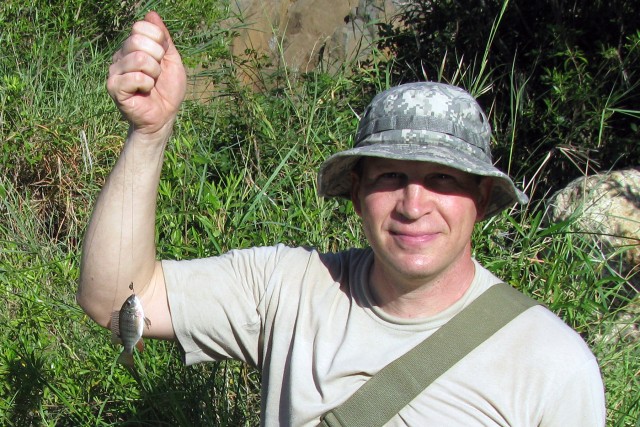
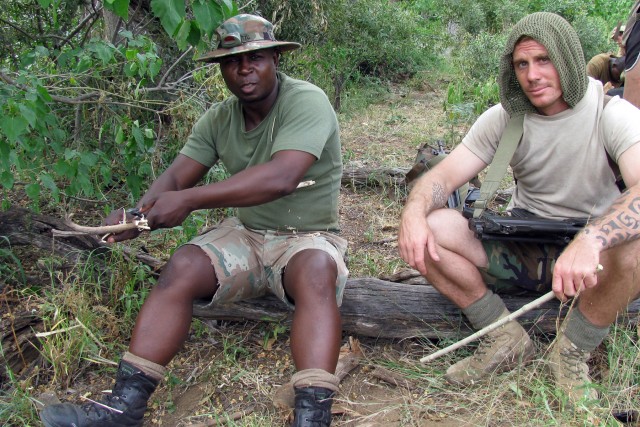
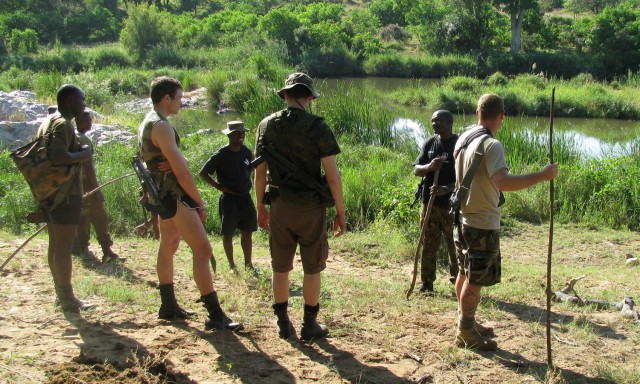
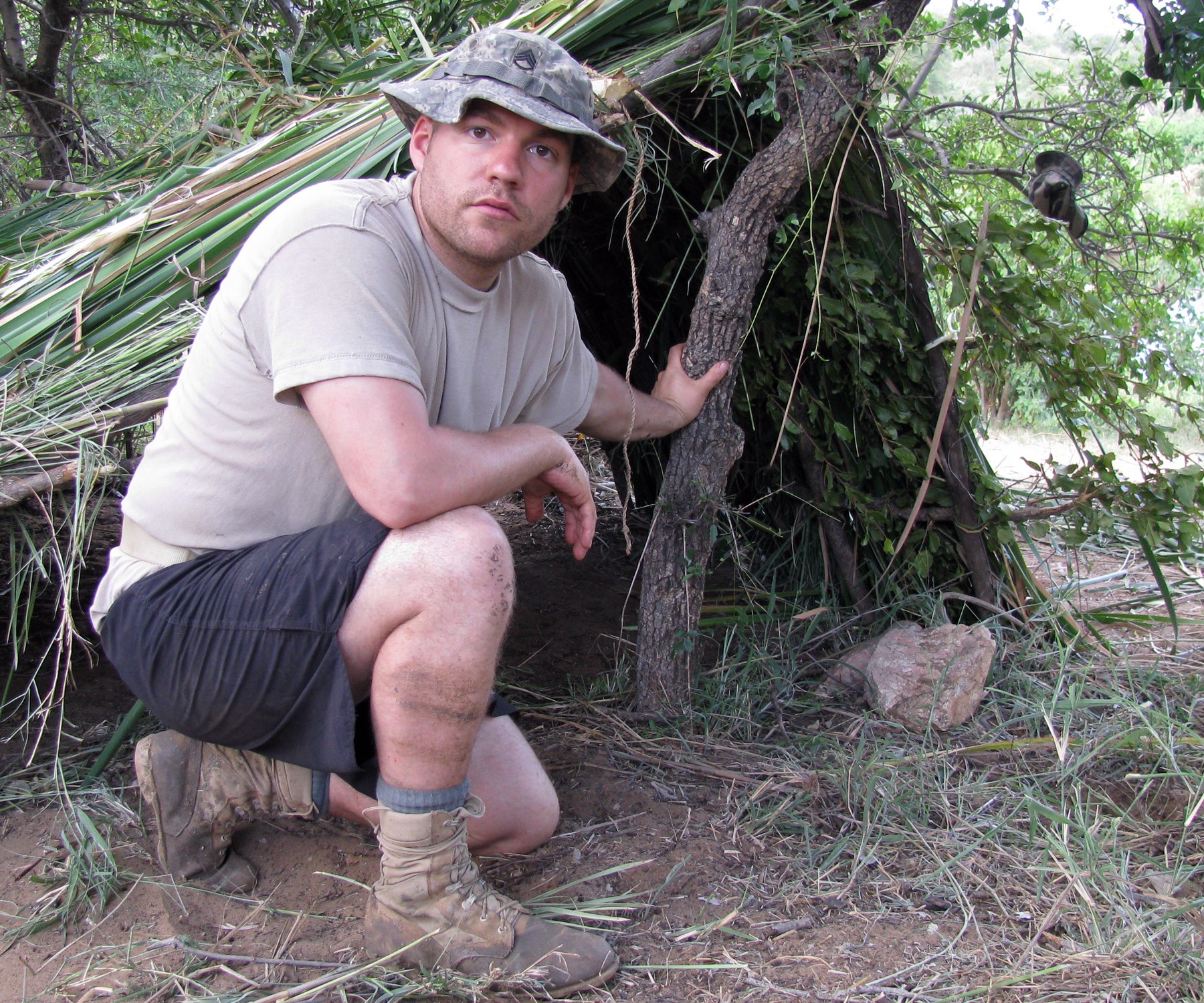
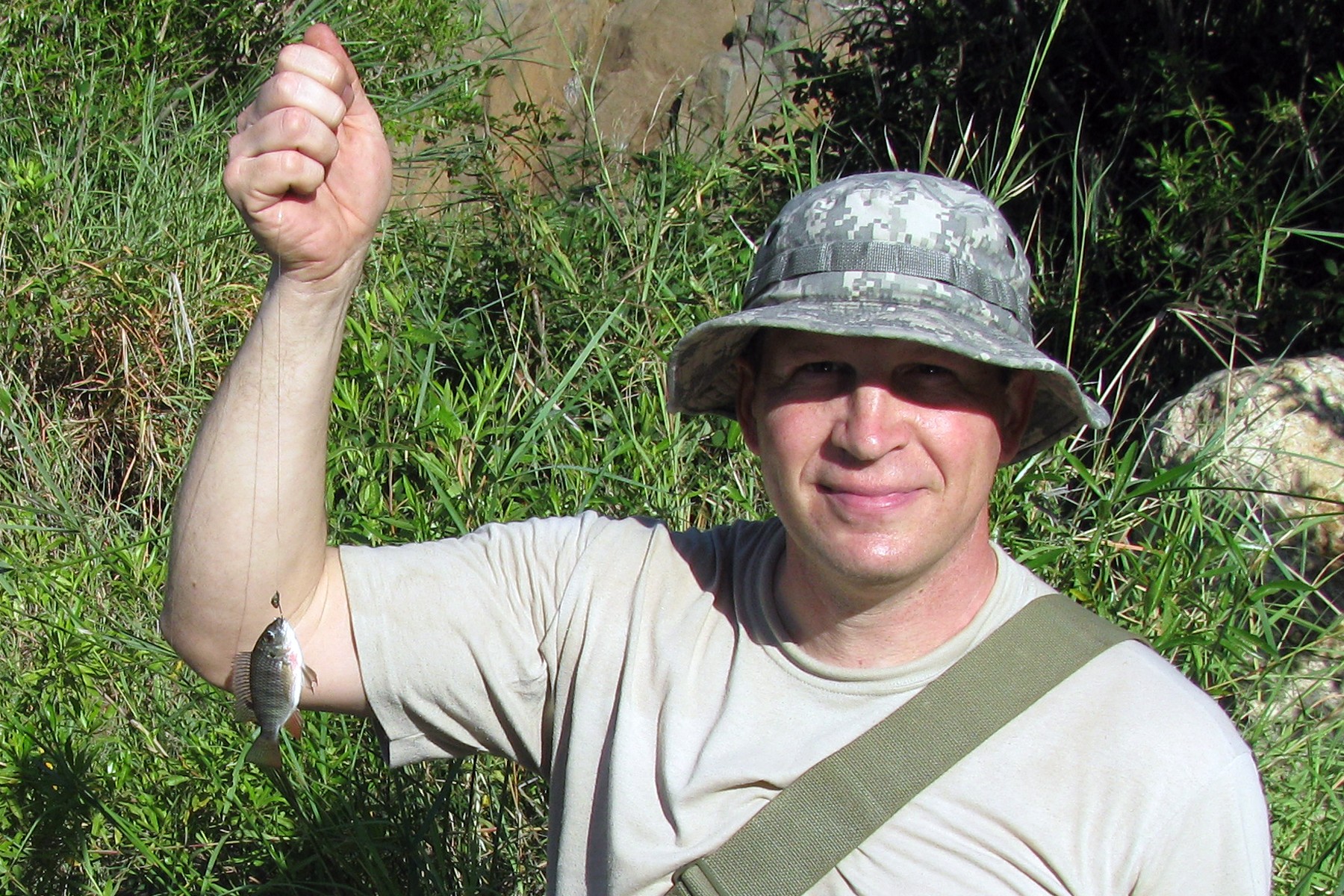
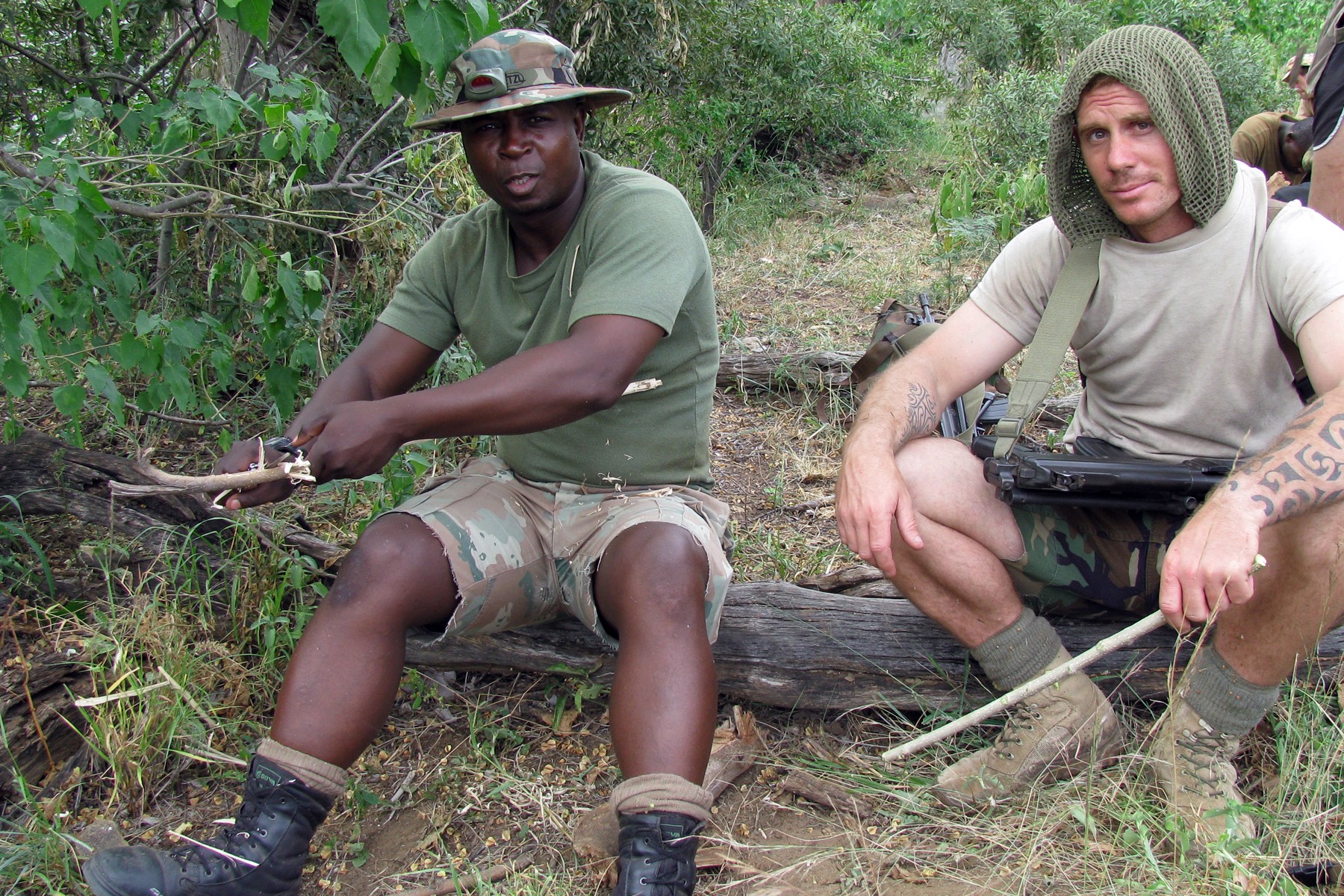
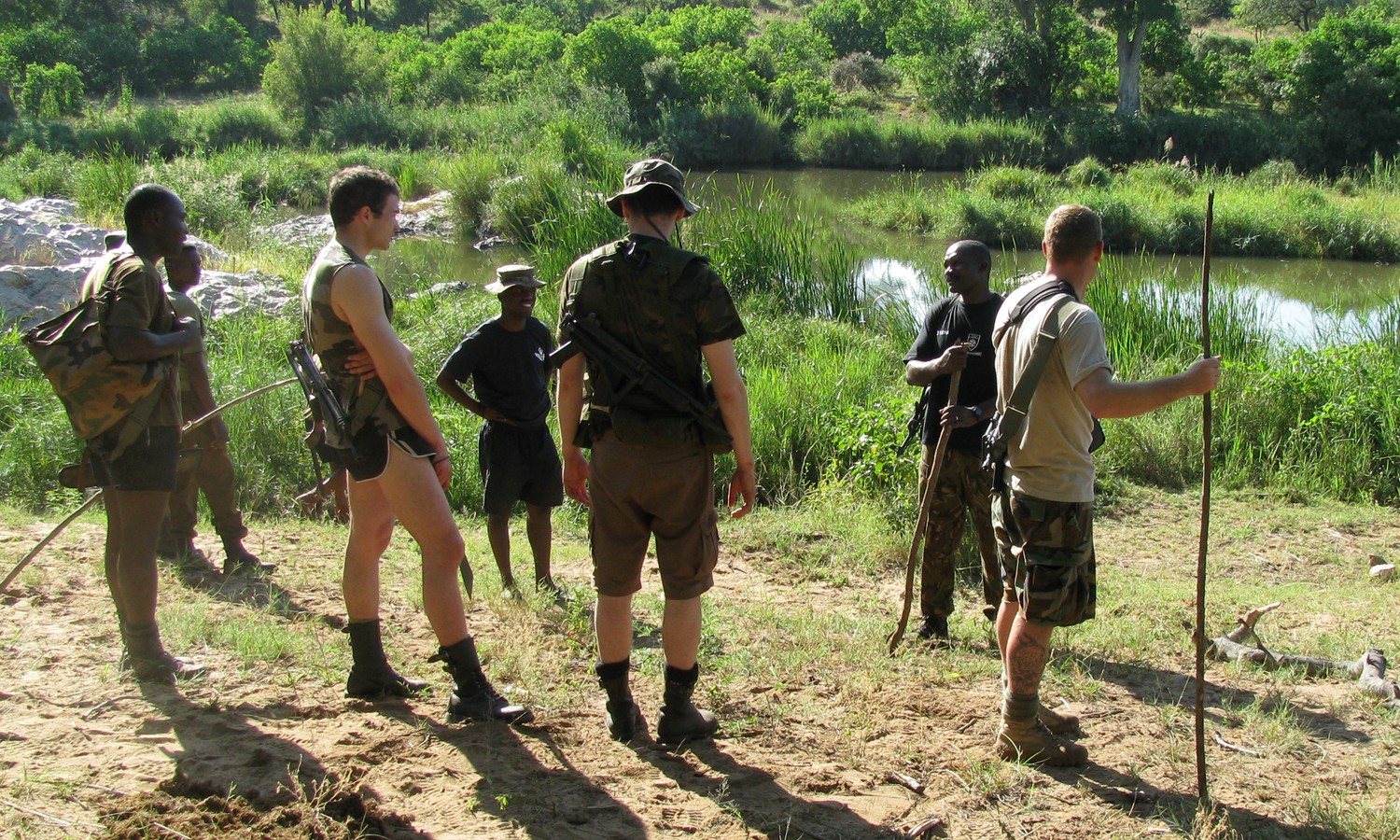
Social Sharing